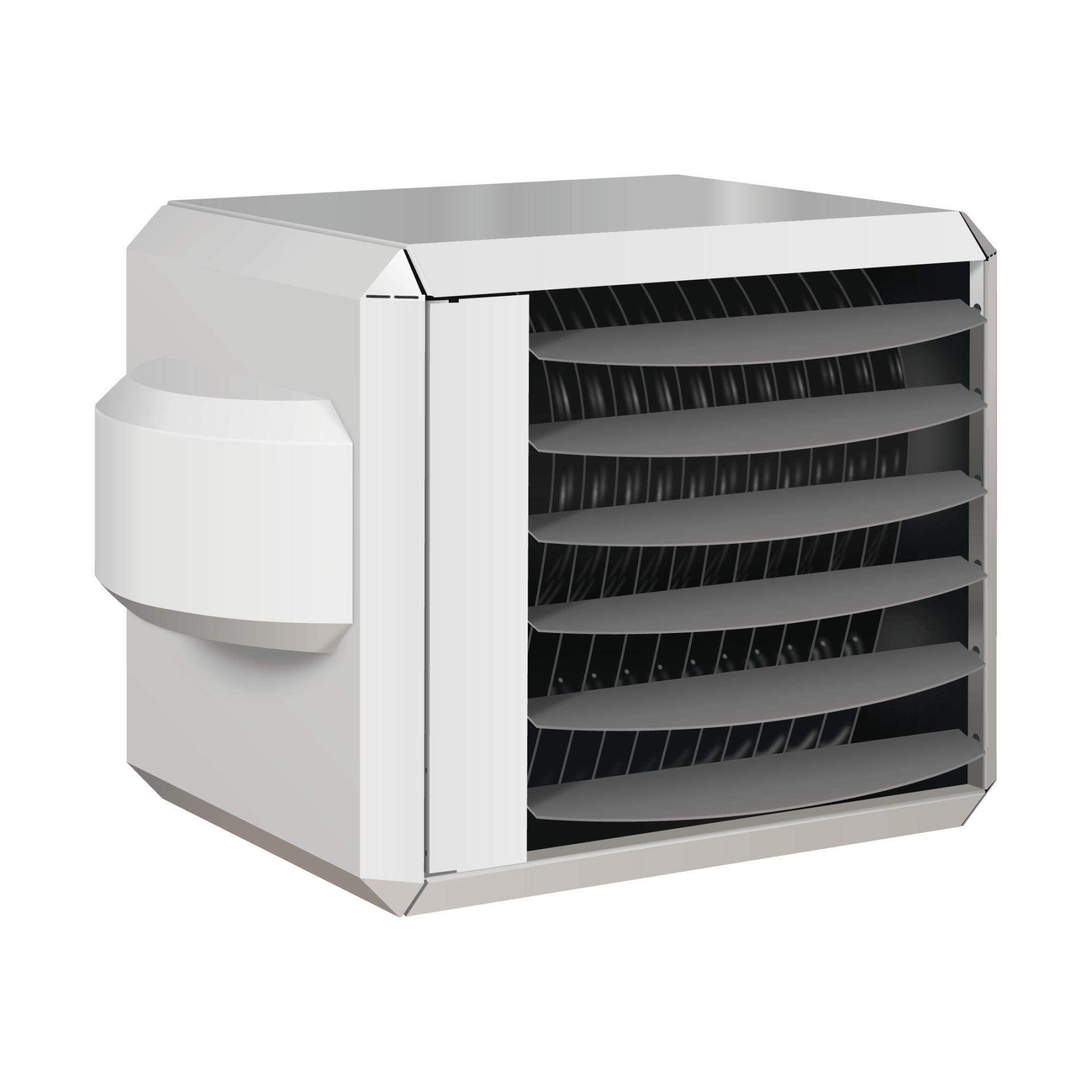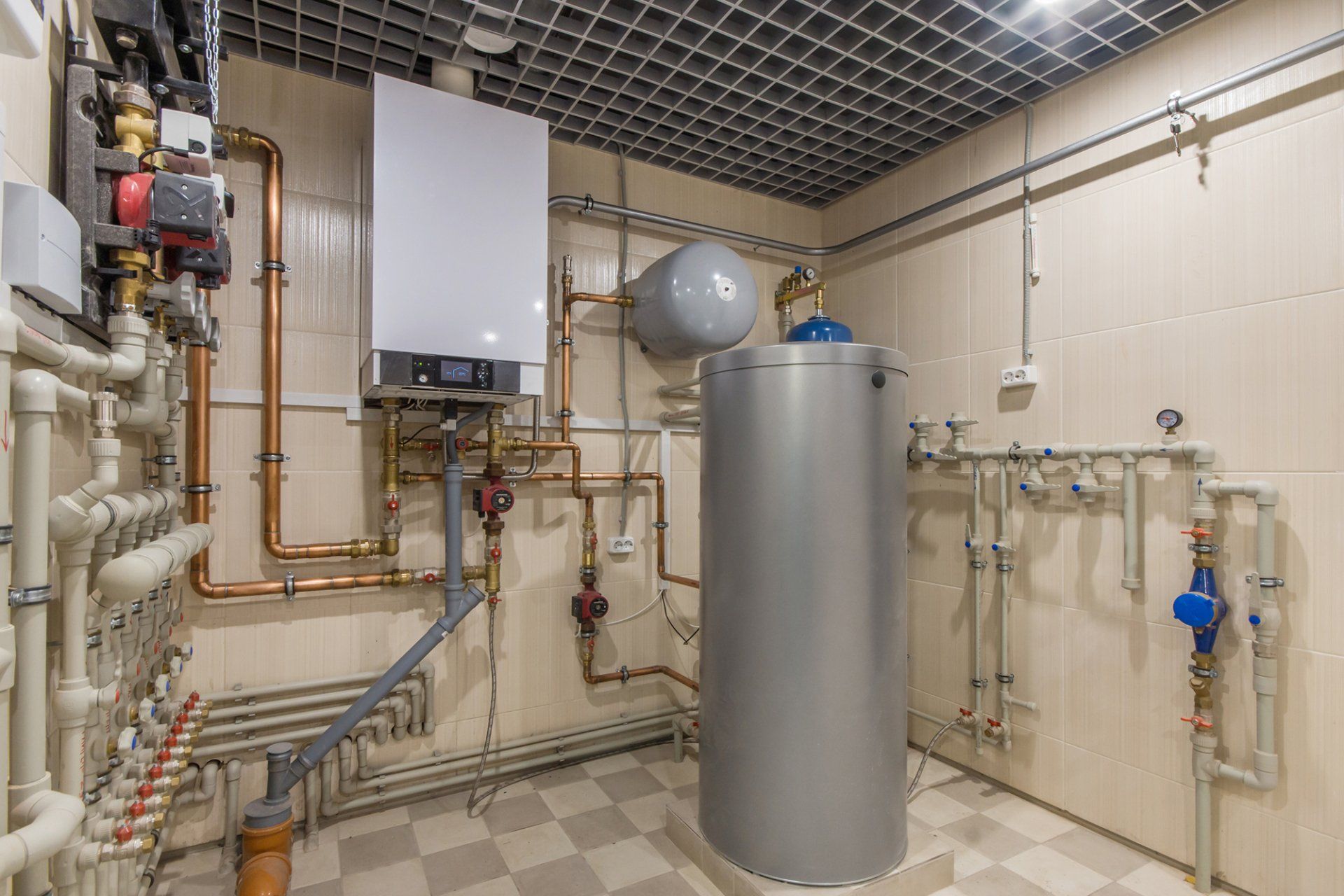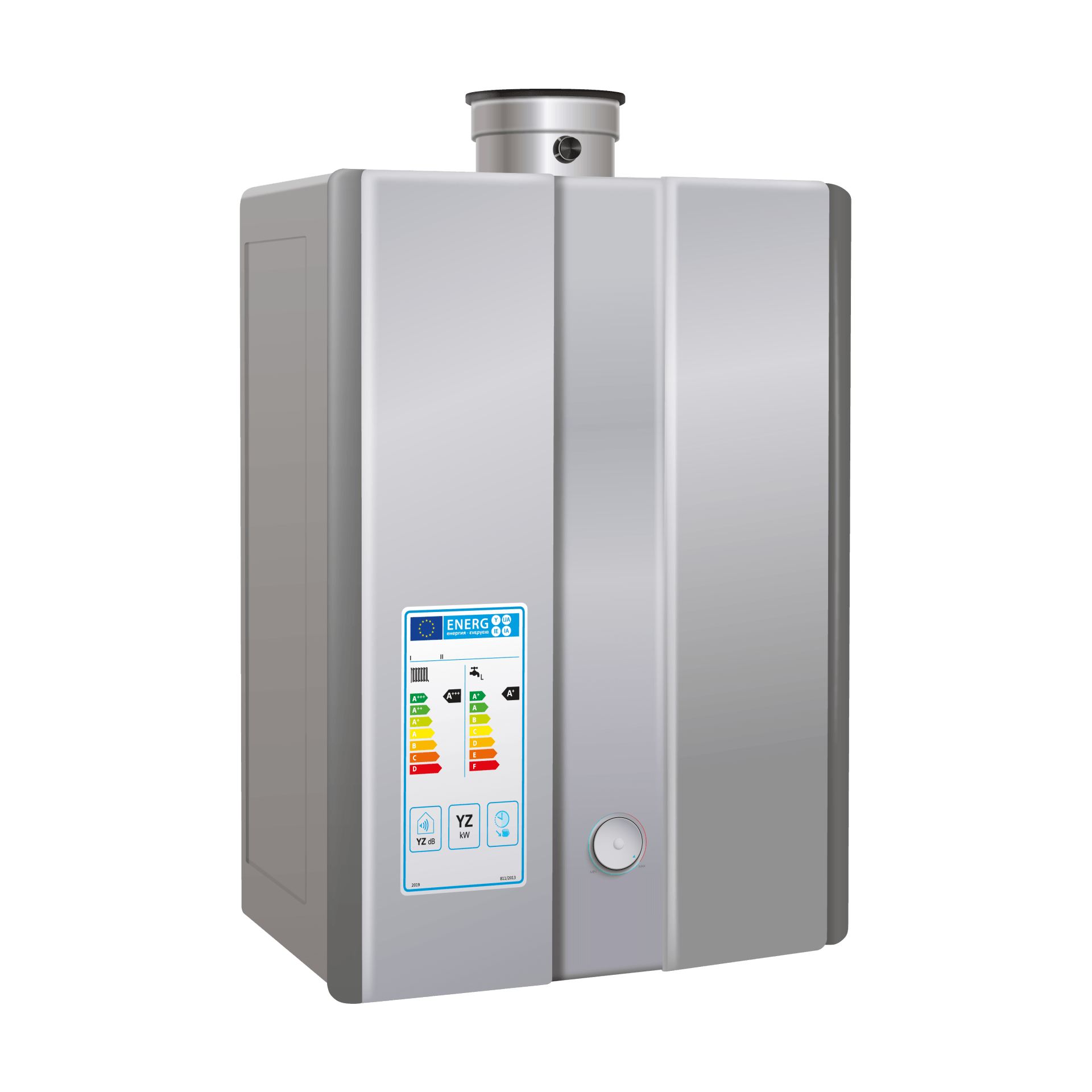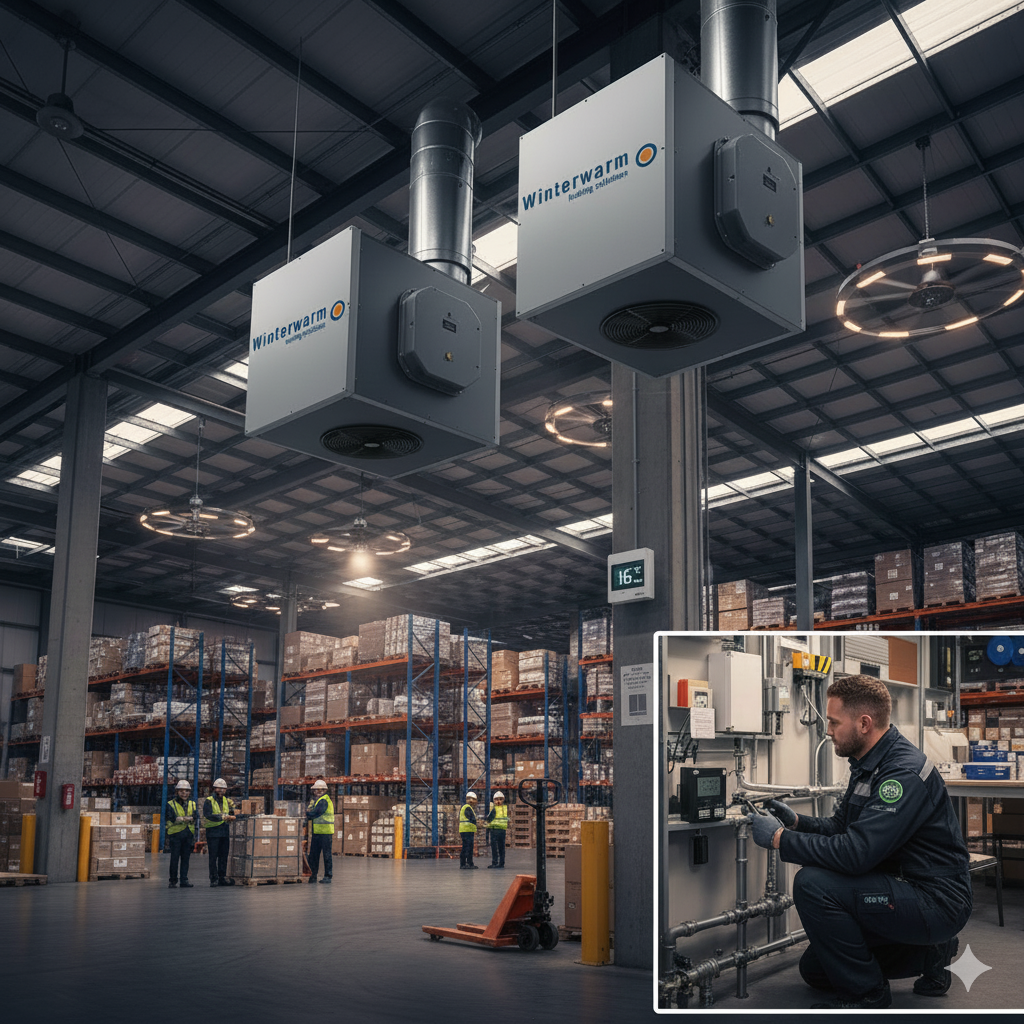The Summer Checklist: Is Your School's Heating System Ready for the Autumn Term?
The final bell of the academic year rings out, a signal for celebration for pupils and teachers alike. As the corridors fall silent and the gates are locked for the long break, a different kind of work begins for the school’s leadership and facilities management team. This quiet, six-week period is not a holiday; it’s a golden opportunity. It is the single most important strategic window to address the health of the school's most critical operational asset: its heating and hot water system.
A failure of the school heating system in the depths of a British winter is one of the most disruptive events a school can face. It goes far beyond chilly classrooms; it can lead to full school closures, cancelled lessons, immense inconvenience for parents, and significant damage to the school's reputation. Relying on an ageing, un-serviced system is a high-stakes gamble with your pupils' education.
This comprehensive guide is designed for the diligent School Business Managers, Site Managers, and Governors who bear the responsibility for the school's operational integrity. Consider this your essential summer checklist—a strategic planner to ensure your commercial heating for education is safe, compliant, energy-efficient, and absolutely ready to provide a warm and welcoming environment for the new academic year.

A School's Duty of Care: More Than Just Education
Providing a safe and comfortable learning environment is a fundamental responsibility for every school in the United Kingdom. This duty of care is enshrined in legal and governmental guidelines that set clear expectations for the management of school premises.
Legal and Regulatory Obligations
The Department for Education (DfE) provides standards for school premises which state that schools must be able to maintain appropriate temperatures. Furthermore, the Health and Safety Executive's (HSE) Workplace (Health, Safety and Welfare) Regulations 1992 stipulate that employers must provide a "reasonable" temperature in the workplace. For schools, this applies to teachers and all staff, with guidance suggesting a minimum of 16°C. Failure to meet these standards isn't just poor practice; it can be deemed a compliance failure.
The Damaging Consequences of System Failure
The true cost of a heating system failure in term-time is measured in more than just pounds and pence. The consequences are far-reaching and deeply damaging:
- Disruption to Education: The primary impact is on learning. A school closure means lost teaching days that are difficult to recover, directly affecting pupil progress and exam preparation.
- Parental Frustration: Unexpected closures cause chaos for working parents, creating immense frustration and damaging the crucial relationship between the school and its community.
- Reputational Harm: In an era of school league tables and parental choice, news of a school closing due to foreseeable maintenance issues spreads quickly. It suggests poor management and can influence future pupil recruitment.
- Escalating Financial Costs: An emergency school boiler replacement in January will always be more expensive than a planned one in August. The costs are inflated by premium rates for labour, the potential need for expensive temporary heating units, and the administrative burden of managing the crisis.
Proactive summer maintenance is the only effective insurance policy against this cascade of negative consequences.
The Summer Works Window: Your Golden Opportunity for Action
The six-week summer holiday is the perfect, and realistically the only, time to undertake comprehensive work on your school heating system. The empty building provides safe, unrestricted access for engineers and ensures that essential learning is never disrupted. Here is your step-by-step checklist.
Step 1: The Professional Site Survey & System Audit
Before any spanners are turned, you need a clear picture of your system's health. A professional site survey from a qualified heating consultant is the essential first step. This is not just a quick look at the boiler; it’s a top-to-bottom audit of your entire heating infrastructure, including:
- The Plant Room: A full assessment of your boilers, pumps, and pressurisation units.
- Pipework Distribution: Checking for leaks, corrosion, and insulation quality.
- Heat Emitters: A room-by-room check of radiators, thermostatic valves (TRVs), fan convectors, and radiant panels.
- Control System: Evaluating the effectiveness of your Building Management System (BMS) or thermostats.
This audit will produce a detailed report highlighting areas of immediate concern, potential future failures, and opportunities for efficiency improvements.
Step 2: Essential Servicing & Annual Gas Safety Checks
This is a non-negotiable legal requirement. Every gas appliance in the school must be checked annually by Gas Safe registered engineers. The summer holiday is the ideal time to get this done and have the certification ready for the new year. A thorough service is vital for:
- Safety: Ensuring there is no risk of a gas leak or, crucially, the production of deadly carbon monoxide (CO). The engineer will perform a full combustion analysis.
- Efficiency: A serviced boiler burns fuel more efficiently, which translates directly into lower gas bills.
- Reliability: Cleaning and calibrating components prevents the common faults that can cause a winter breakdown.
Step 3: Proactively Addressing Repairs and Weak Points
The system audit will almost certainly identify a list of smaller issues: a leaking radiator valve in the library, a noisy fan convector in the assembly hall, a zone of pipework with degraded insulation. While these may seem like minor problems, each one is a potential failure point. Left unaddressed, a leaking valve could cause significant water damage over a weekend, and a faulty fan could leave a large area without heat. The summer window is the time to systematically work through this list and perform these proactive repairs, strengthening the resilience of your entire system.

Making the Case for an Upgrade: From Cost Centre to Green Asset
Many UK schools are operating with antiquated boiler systems, some of which are decades old. These are often hugely oversized, inefficient, and a massive drain on already tight budgets. While a full school boiler replacement may seem like a daunting capital expense, it should be viewed as a long-term investment with a clear and compelling return.
Tackling the Budgetary Challenge with Efficiency
School Business Managers are under constant pressure to make every penny count. An old, inefficient boiler can waste up to 40p of every £1 spent on gas. By upgrading to a modern, high-efficiency system, this waste can be almost entirely eliminated. The annual savings on your gas bill can be substantial, often running into thousands or even tens of thousands of pounds for larger schools. These are funds that are freed up to be spent on what truly matters: educational resources, staff development, and pupil support. The payback period for a new boiler system can be surprisingly short, making it one of the most effective cost-saving investments a school can make.
The Power of Modern ATAG Boilers for Schools
When considering heating solutions for schools, we strongly recommend ATAG boilers. They are exceptionally well-suited to the demands of the education sector for several key reasons:
- Unrivalled Energy Efficiency: ATAG boilers are renowned for their best-in-class efficiency ratings. This maximises the energy savings you can achieve and minimises the school's running costs.
- Exceptional Reliability: Built with a unique stainless steel heat exchanger that carries a lifetime guarantee, ATAG boilers are engineered for durability and a long service life, giving you long-term peace of mind.
- Cascading Systems: Instead of one single, huge boiler, the modern approach is to install a 'cascade' system of multiple, smaller boilers. This has two huge advantages for a school. Firstly, redundancy—if one boiler needs maintenance, the others continue to operate, ensuring the school stays warm. Secondly, efficiency—the system can modulate its output precisely by only firing up the number of boilers needed, making it highly efficient during milder weather in the autumn and spring terms.
Decarbonisation and Your School's Green Credentials
Upgrading your heating system is also one of the single biggest steps your school can take to reduce its carbon footprint. In line with the UK's net-zero ambitions, many local authorities and academy trusts have their own environmental targets. Installing a highly efficient boiler system demonstrates a powerful and visible commitment to sustainability. This can be a fantastic message to share with your pupils and the wider community and can form a key part of the school's environmental education programme. It may also be a prerequisite for accessing funding streams like the Public Sector Decarbonisation Scheme.

Beyond the Boiler Room: A Holistic Approach to School Heating
A truly efficient school heating system involves more than just the boilers. A holistic approach considers how the heat is distributed and controlled throughout your unique premises.
Smart Controls and Intelligent Zoning
A school building has varied usage patterns. Classrooms are empty in the evenings, the sports hall is only used at certain times, and the administrative offices have different hours. A modern Building Management System (BMS) or smart thermostat system allows you to create different heating zones and schedules for each one. This simple step prevents you from wasting a huge amount of energy heating empty spaces, offering significant further cost savings.
Effective Heating for Large Spaces
Heating a large, high-ceilinged space like a sports hall or main assembly hall with standard radiators is incredibly inefficient. A far better solution is to use dedicated warm air heaters. These units are designed to heat large volumes of air and distribute it effectively throughout the space. They provide rapid warm-up times and can be controlled independently, so they are only used for PE lessons, assemblies, or after-school clubs, making them a highly effective and efficient part of your overall heating solutions for schools.
Dedicated and Reliable Hot Water
The demand for hot water in kitchens for catering, and in changing rooms for showers, can put a strain on the main heating boiler. A highly effective solution is to install a dedicated instantaneous water heater, like those from Rinnai, for these specific high-demand areas. This ensures a constant supply of hot water right where it's needed, without having to fire up the main school boilers, which is particularly efficient during the summer months for holiday clubs or kitchen use.
Conclusion: A Warm and Worry-Free Welcome Back This September
The quiet corridors of summer offer a unique window of opportunity that must not be missed. By undertaking a strategic review and executing a planned programme of works on your school heating system, you are not just ticking a maintenance box. You are actively protecting your pupils' education, fulfilling your duty of care to staff, controlling your budget, and investing in the long-term sustainability of your school.
The checklist is clear: a comprehensive audit, essential safety servicing, proactive repairs, and a strategic assessment for a potential upgrade. By following these steps, you can ensure that when the bell rings for the first day of the autumn term, you can welcome pupils and staff back into a safe, warm, and worry-free environment, ready for a successful year of learning.
Ensure a warm welcome for everyone this September. Contact Factory Heaters today to schedule a comprehensive summer survey of your school's heating and hot water systems.







